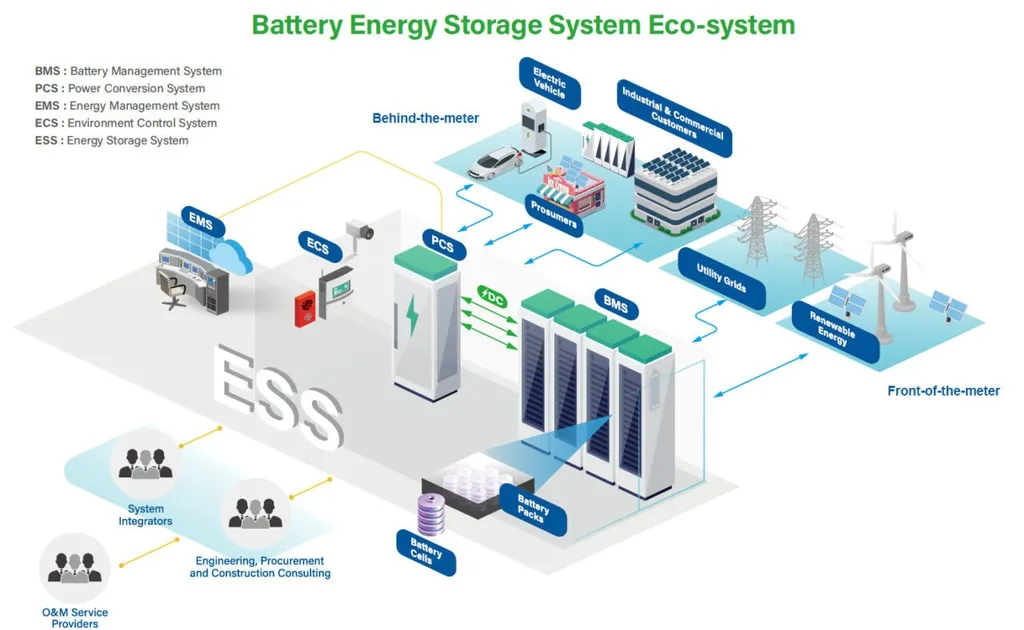In the rapidly evolving energy landscape of Europe, a recent study published in the journal *Energies* sheds light on the optimal strategies for integrating photovoltaic (PV) systems with Battery Energy Storage Systems (BESSs) in the Italian electricity market. The research, led by Andrea Scrocca from the Department of Energy at Politecnico di Milano, compares utility-scale and distributed PV systems, offering valuable insights for energy providers and investors.
The study, titled “Optimal Spot Market Participation of PV + BESS: Impact of BESS Sizing in Utility-Scale and Distributed Configurations,” employs a sophisticated multistage stochastic mixed-integer linear programming model. This model optimizes day-ahead and intra-day market offers while incorporating PV forecast updates, using Monte Carlo simulations to generate PV production scenarios. The research highlights the critical role of battery flexibility in reducing real-time imbalances, a key concern for energy market participants.
One of the study’s key findings is the determination of the storage capacity required to ensure dispatchability—defined as keeping annual imbalances below 5% of PV output. For a 1 MW PV system, the research shows that a utility-scale configuration requires 220 kWh of storage, while a distributed system needs only 50 kWh. This difference significantly impacts the levelized cost of electricity, increasing by +13.1% for utility-scale and +1.94% for distributed systems.
Andrea Scrocca emphasizes the importance of a multiple-service strategy, which includes both imbalance netting and energy arbitrage. “A multiple-service strategy is essential for achieving economic viability,” Scrocca notes. “Performing arbitrage while maintaining dispatchability reaches an economic optimum with a 1.7 MWh BESS for utility-scale systems and 1.1 MWh BESS for distributed systems.”
The study also reveals that the net present value is negative for BESSs performing imbalance netting only, underscoring the need for a more comprehensive approach. By adopting a multiple-service strategy, energy providers can achieve better economic outcomes with larger storage capacities, ultimately lowering PV firming costs compared to previous studies.
The implications of this research are far-reaching for the energy sector. As Europe continues to promote distributed energy resources as alternatives to centralized generation, understanding the optimal sizing and configuration of BESSs becomes crucial. The findings suggest that larger storage capacities, when used strategically, can enhance economic viability and reduce costs, paving the way for more efficient and sustainable energy solutions.
As the energy transition gains momentum, this research provides a roadmap for energy providers and investors to navigate the complexities of integrating PV systems with BESSs. By leveraging advanced optimization techniques and a multiple-service strategy, the energy sector can move towards a more resilient and economically viable future.

